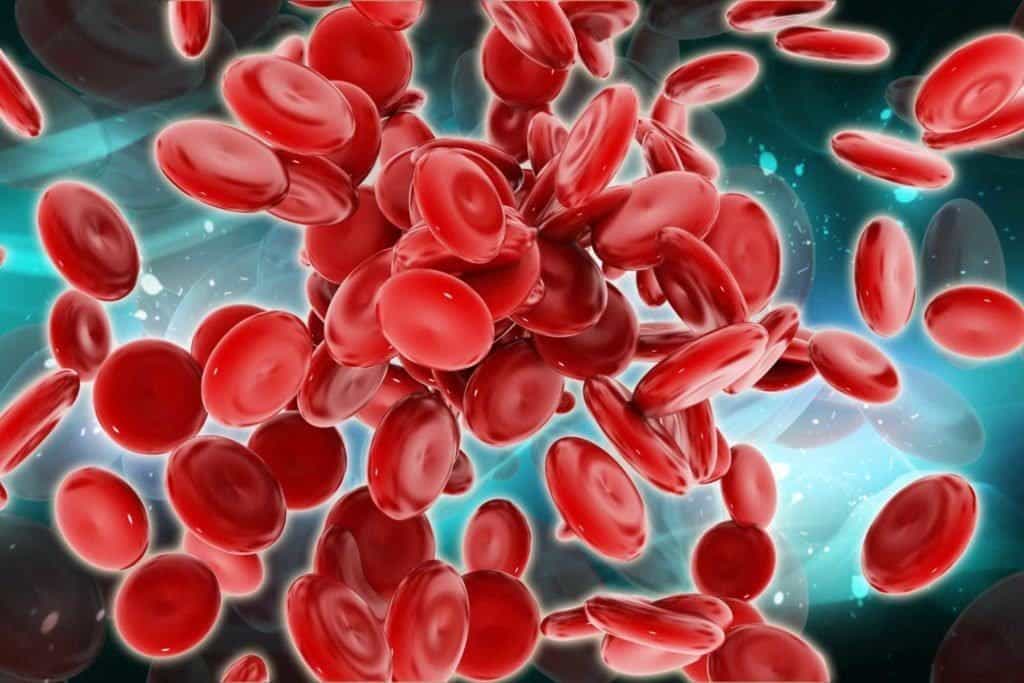Contents:
- Medical Video: Interventional Stroke Rounds - Venous Sinus Thrombosis
- What is dural sinus thrombosis?
- How dural sinus thrombosis cause a stroke?
- Who is at risk of experiencing dural sinus thrombosis?
- What are the symptoms dural sinus thrombosis?
- How dural sinus thrombosis diagnosed?
- How to treat dural sinus thrombosis?
- Surgical treatment:
- Medical treatment:
Medical Video: Interventional Stroke Rounds - Venous Sinus Thrombosis
Like other organs in our body, the brain has a system of blood vessels in which blood oxygen is channeled back to the lungs, then replaced with oxygen. This blood vessel drainage system starts from a collection of small channels that receive blood from the entire brain. As a small blood vessel that extends far from brain tissue, these blood vessels become fused to one another to form larger blood vessels that eventually unite the brain and skull bones to form a dural sinus. Therefore, dural sinuses are the largest canals that drain blood from the brain and return to the lungs.
There are several dural sinuses, namely:
Ag Superior and inferior sagittal sinuses
⇒ Superior and inferior petrosal sinuses
⇒ Transverse sinuses
⇒ Sigmoid sinus
⇒ Straight sinuses
⇒ Cavernous sinuses
⇒ Sinus confluence
What is dural sinus thrombosis?
Simply put, thrombosis is a word that describes the formation of blood clots. Therefore, the dural sinus thrombosis is the formation of blood clots in one of the dural sinuses described above.
How dural sinus thrombosis cause a stroke?
When a blood clot stays in one of the sinuses of the brain, the blood clot can pool in the brain's venous system, making blood not leave brain tissue. At first, this is not a problem because small blood vessels have some space to enlarge and accommodate extra blood. However, over time, new oxygen-rich blood continues to enter brain tissue through arteries, extra blood begins to cause pressure on the artery walls until they break and cause bleeding within the brain.
This event causes a bleeding stroke.
Who is at risk of experiencing dural sinus thrombosis?
Eighty-five percent of people diagnosed with dural sinus thrombosis have a tendency to experience blood clots. Some conditions or events that make people experience more blood clots include:
⇒ head injury
⇒ the last three months of pregnancy
⇒ give birth to a baby
⇒ use birth control pills
⇒ lumbar punctures (lumbar injection)
⇒ infection, especially on the face, eyes, or ears
What are the symptoms dural sinus thrombosis?
Dural sinus thrombosis can cause many symptoms from mild ones such as headaches, to sudden paralysis on one side of the body. It is known that more than 90% of people with dural sinus thrombosis complain of severe headaches, while 50% of them have typical stroke symptoms. But about 40% of them experience seizures. In some cases, depending on the dural sinus that is affected, a person can also lose memory or stop talking suddenly.
When a person's symptoms only consist of headaches and blurred vision, dural sinus thrombosis can be diagnosed incorrectly as mild intracranial hypertension, or also known as pseudotumor cerebri, because the symptoms are similar ...
How dural sinus thrombosis diagnosed?
After being in the ER, the doctor will first perform a complete neurological examination and brain CT scan. CT scans help doctors find out if there is bleeding in the brain. If there is indeed bleeding, the doctor will do surgery to drain the blood. But to diagnose dural sinus thrombosis, doctors must do a test known as magnetic resonance venography or MRV, a test that is similar to conventional MRI, but only shows blood in the blood vessels of the brain and skull. Tests usually show empty areas where blood clots are located.
When MRV is not available, CT angiography can also be used to visualize dural sinuses.
How to treat dural sinus thrombosis?
Surgical treatment:
When dural sinus thombosis causes a large amount of bleeding in the brain, surgery is needed to drain blood out of the skull. This is important because bleeding in the brain can cause rapid herniation, which leads to death. The procedure performed is called decompressive hemicraniectomy. In some cases, increased intracranial pressure from large strokes requires induction of hypothermia or cooling of body temperature, which helps to prevent further damage to the brain. Some experimental treatments are also available in some hospitals, where blood clots can be broken down in the sinuses using special endovascular thrombolysis techniques.
Medical treatment:
Unless there are contraindications, everyone diagnosed with dural sinus thrombosis must receive long-term treatment with blood thinners, such as heparin, coumadin, and lovenox. These drugs are given to prevent the enlargement of blood clots that remain in the affected dural sinus, and to prevent the formation of new blood clots that can cause new strokes that may be worse.












